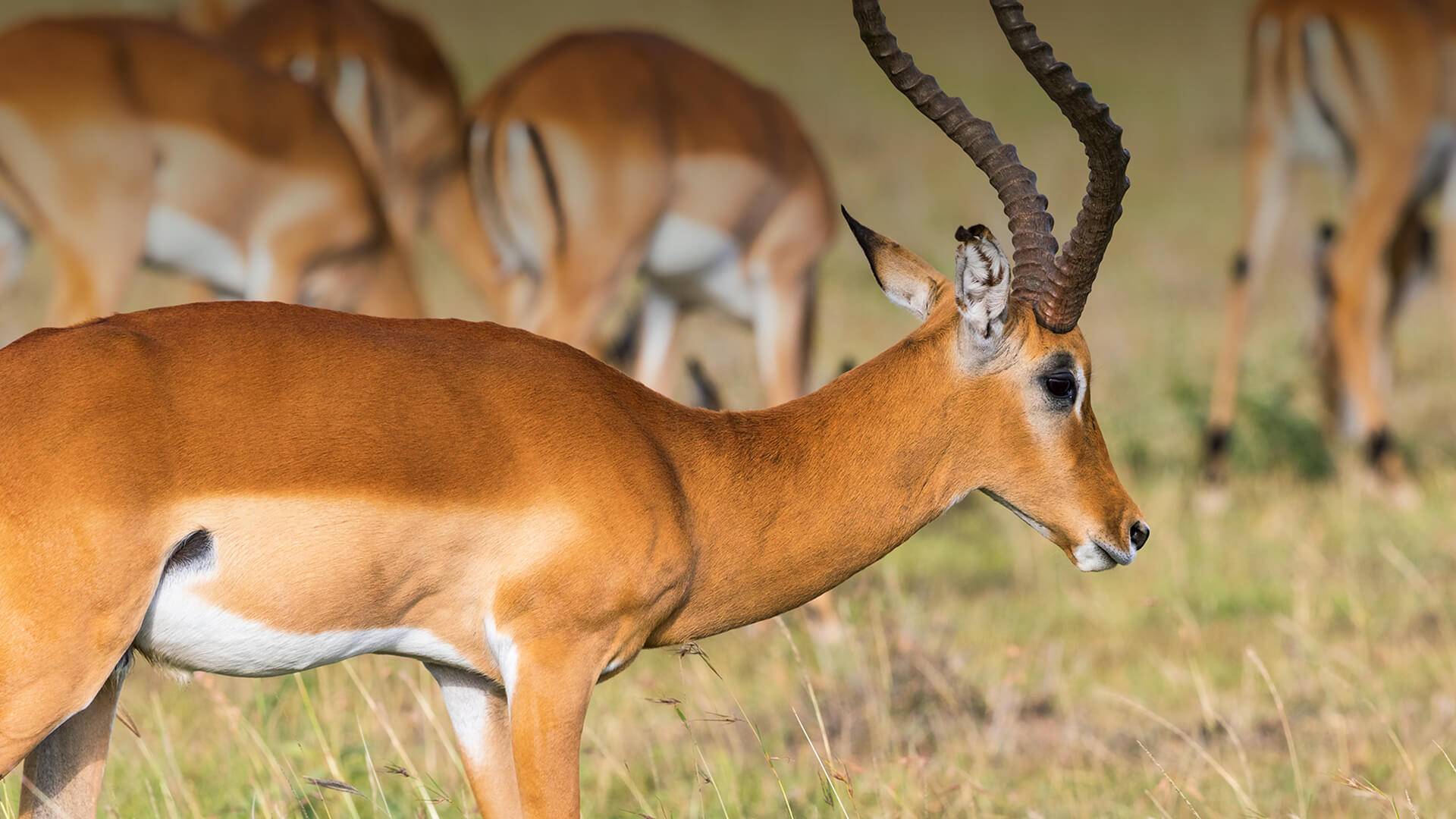Antelopes, graceful and agile creatures, are well-known for their remarkable adaptations and behaviors that allow them to thrive in diverse environments across the world. From the African savannas to the Asian steppes, these animals exhibit incredible characteristics that contribute to their survival. Here are five fascinating facts about antelopes:
1. Remarkable Diversity: Antelopes belong to the Bovidae family, a group that includes over 90 species and countless subspecies. This immense diversity has led to antelopes populating a wide range of habitats, from grasslands and deserts to forests and mountains. Each species has evolved specific traits, such as unique horn shapes and coat colors, to better suit their environment and lifestyle.
2. Co-evolution with Predators: Antelopes have engaged in an evolutionary "arms race" with their predators. This competition has driven the development of incredible speed and agility in antelopes, enabling them to escape from predators like lions, cheetahs, and hyenas. Their long legs and well-adapted respiratory systems provide them with remarkable endurance and the ability to maintain high speeds over long distances.
3. Intricate Horns: Many antelope species sport impressive horns that serve various purposes. These horns are primarily used for defense against predators and for competing with other males during mating rituals. Interestingly, antelope horns are not shed and regrown annually like deer antlers; instead, they continue to grow throughout an antelope's life, forming a unique record of its age and health.
4. Social Structures: Antelope species exhibit a wide range of social structures. While some live in small family groups, others form large herds with complex social hierarchies. These groupings provide protection against predators and allow them to find food more efficiently. The social dynamics within antelope herds often involve intricate communication through body language, vocalizations, and scent marking.
5. Water Conservation: Many antelope species have evolved remarkable adaptations to survive in arid environments with limited water sources. They can obtain most of their required moisture from the vegetation they consume, reducing their need to drink water. Additionally, some antelope species have developed the ability to raise their body temperature slightly, thereby reducing water loss through respiration.
In conclusion, antelopes are a diverse and captivating group of animals that have successfully adapted to a variety of habitats and challenges. Their remarkable evolutionary history, intricate behaviors, and stunning physical traits make them a subject of interest for both researchers and wildlife enthusiasts. From their co-evolutionary race with predators to their unique horn growth and water-saving capabilities, antelopes continue to inspire awe and admiration as true survivors of the natural world.


